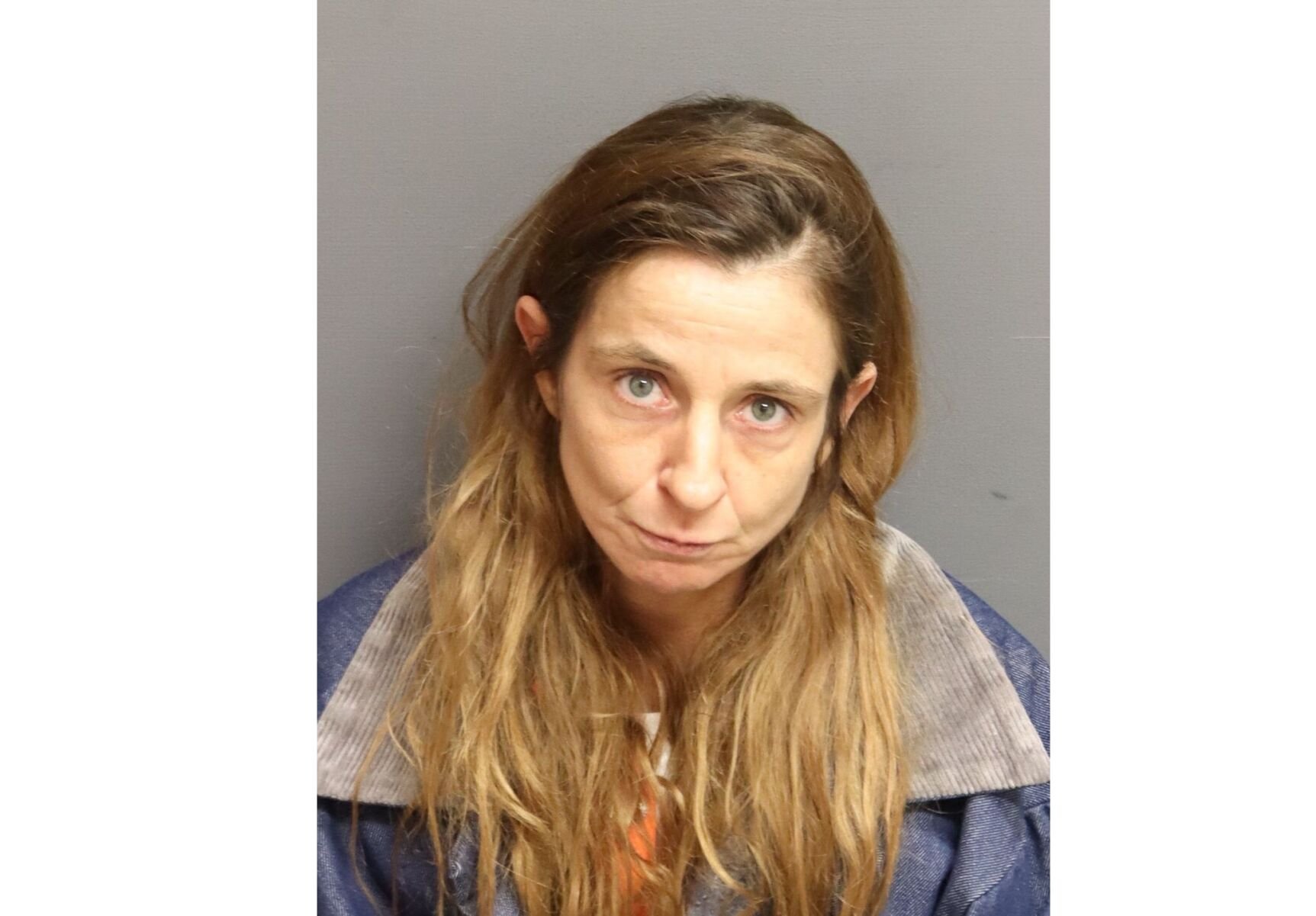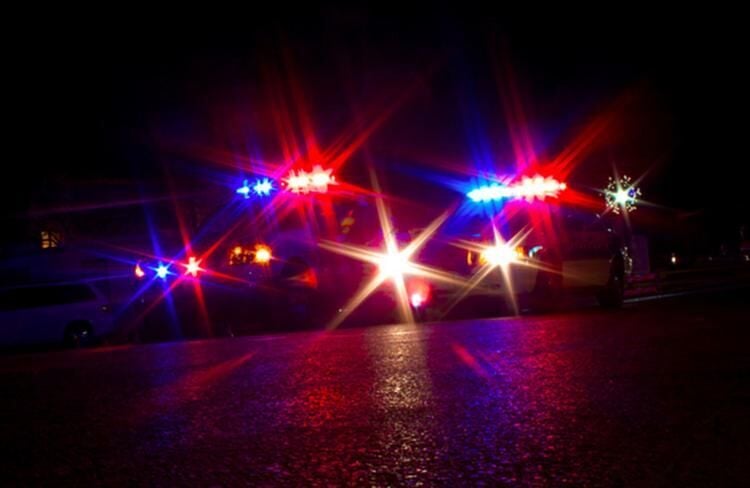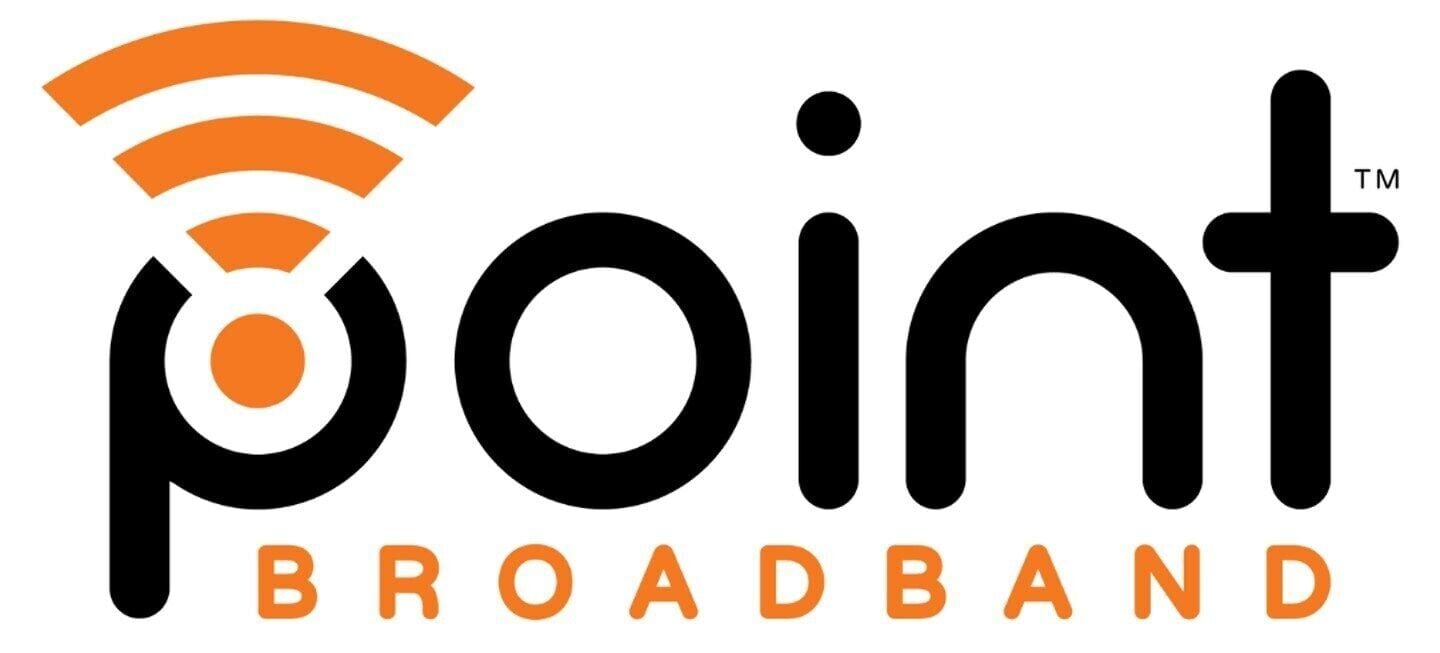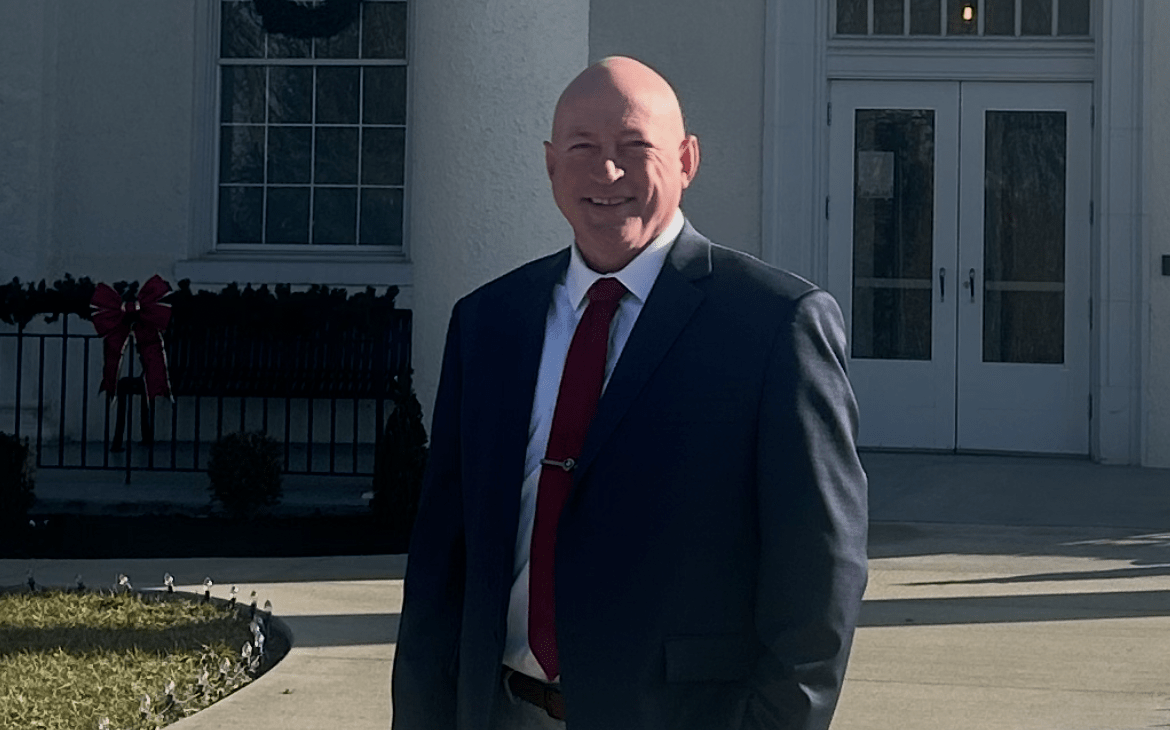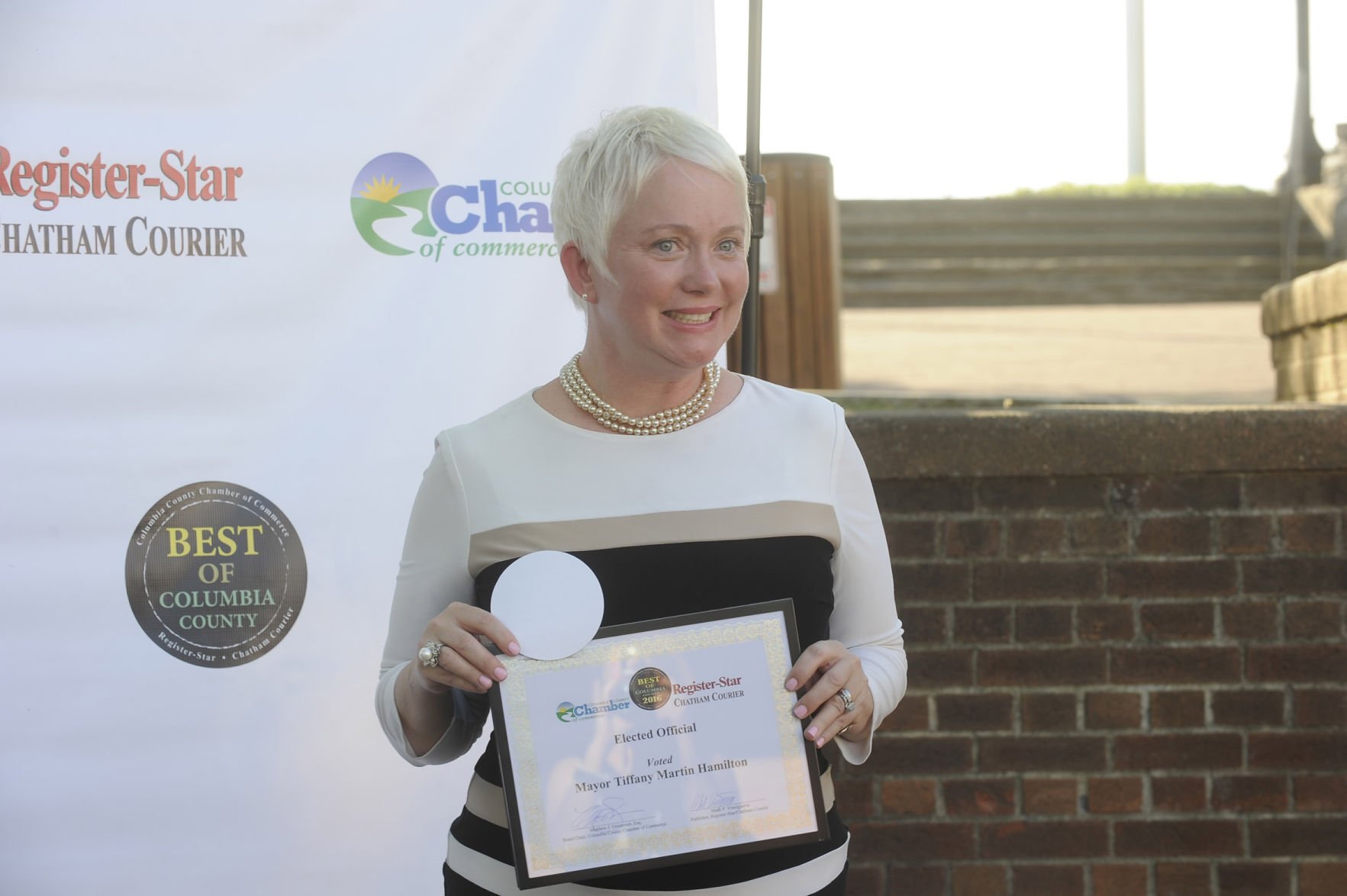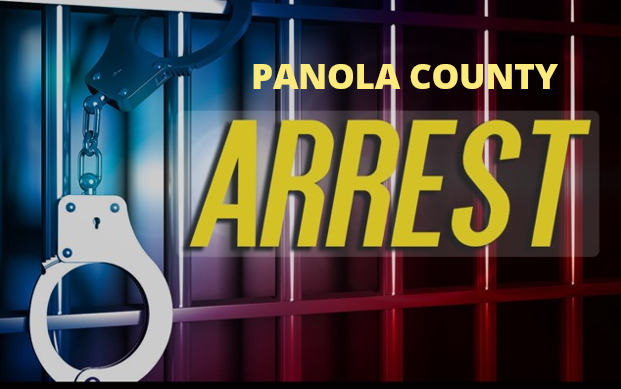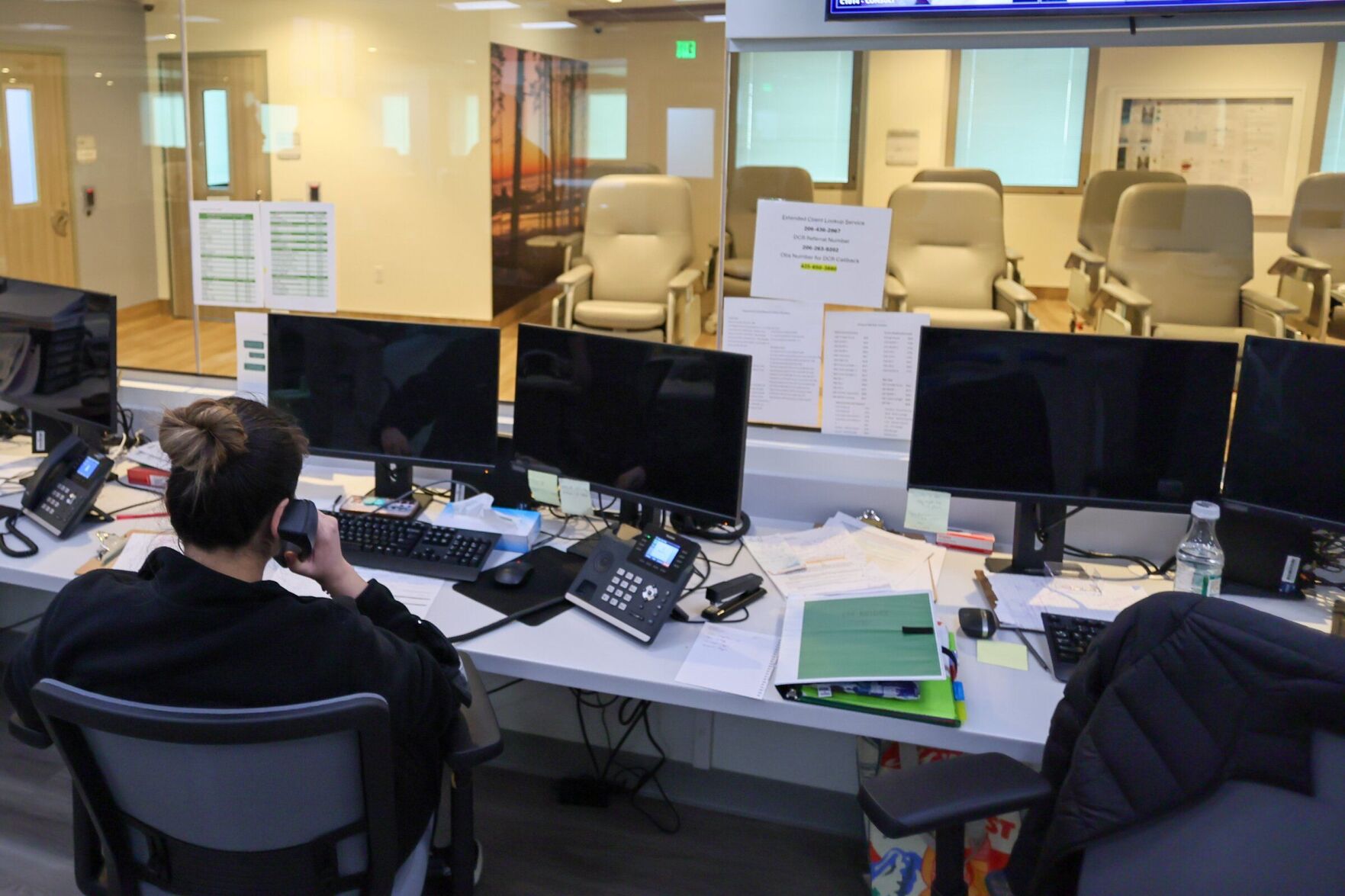Baltimore’s 311 system handled over a million service requests in 2024, marking a 5% increase from the previous year. From rat infestations to potholes and parking woes, the data offers a revealing snapshot of the city’s most pressing issues.
Baltimore 311 data: See where potholes, parking problems and more were reported in 2024
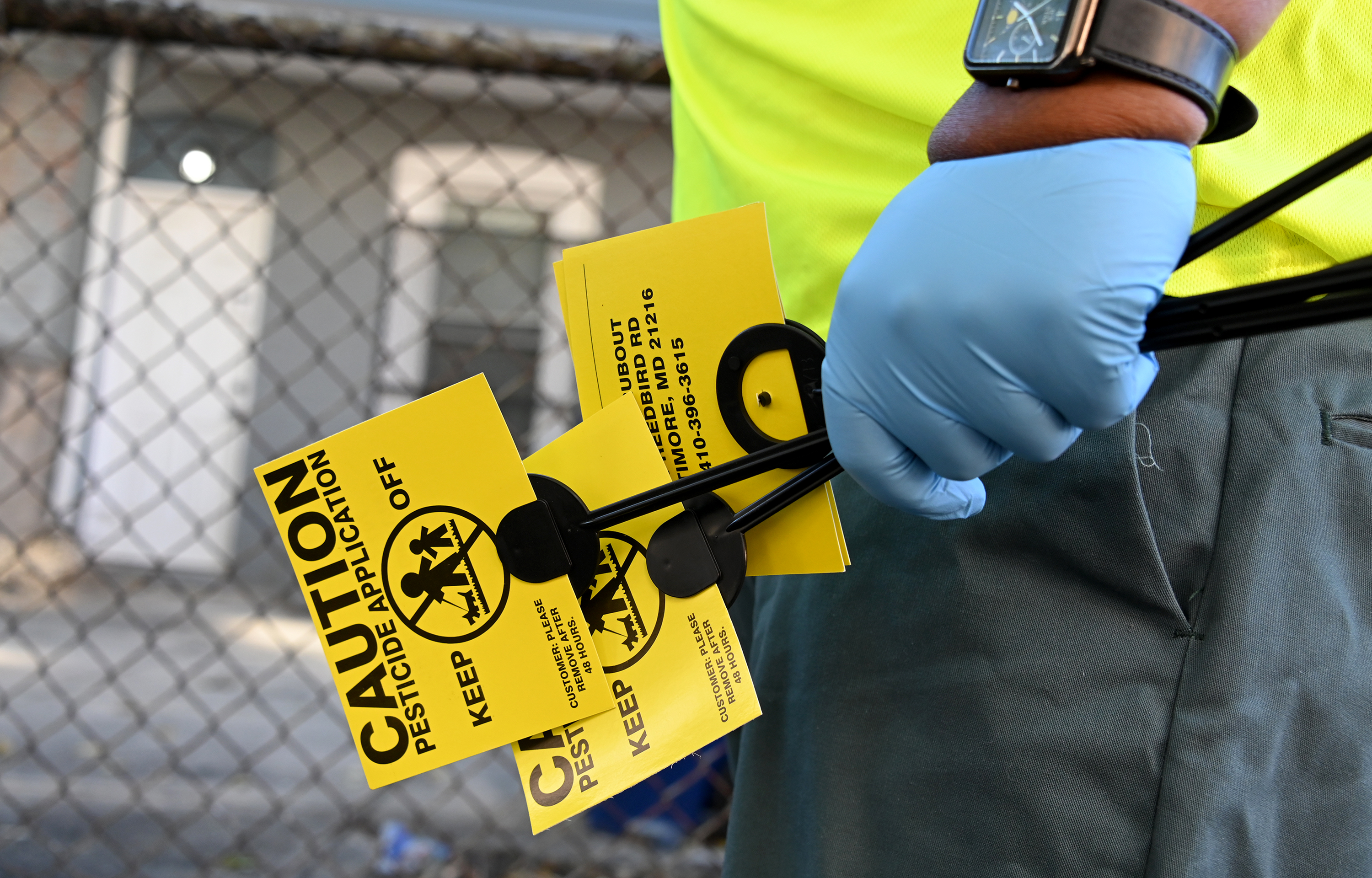
Key Takeaways:
- Baltimore’s 311 complaints increased by 5% in 2024, totaling over a million service requests.
- Rat eradication requests surged by over 10%, with over 153,000 entries.
- The Belair-Edison neighborhood had the highest number of 311 requests, over 29,000.
- Parking complaints were most prevalent in Canton, Upper Fells Point, and Fells Point.
- Experts use 311 data to understand community engagement and urban challenges.
A Surge in Citizen Complaints
In 2024, Baltimore’s 311 system became a vital conduit for residents voicing concerns about their neighborhoods. The system handled over a million requests for city services—a 5% increase compared to 2023. From broken streetlights to sewer issues, these calls reflect the everyday challenges faced by communities across the city.
Rising Rat Infestations
One of the most significant spikes was in rat eradication requests, which surged by over 10%. There were more than 153,000 rat rubout entries last year. Interestingly, over 95% of these were labeled as “proactive,” initiated by city employees rather than residents.
“Northeast Baltimore’s Belair-Edison neighborhood had a high number of service requests related to rat activity,” said Mary Stewart, spokesperson for the Department of Public Works. The department’s rat rubout team “takes a proactive approach by conducting targeted interventions in the neighborhood to help manage and mitigate rodent concerns before they scale further,” Stewart explained.
Neighborhood Hotspots
Belair-Edison not only led in rat complaints but also had the highest overall number of 311 requests—over 29,000 reports in 2024. The neighborhood topped the list for pothole reports as well, with 414 logged incidents. Streets like Mannasota Avenue were particularly problematic, registering 69 complaints.
Pothole issues were not confined to Belair-Edison. Frankford, Hamilton Hills, Downtown, and Roland Park also saw high numbers of reports. The intersection of Keswick Road and West University Parkway in Roland Park had 49 pothole reports, although many were duplicate calls about the same potholes.
Parking Woes in Southeast Baltimore
Parking complaints were most prevalent in Southeast Baltimore, with Canton recording over 1,500 reports. Upper Fells Point and Fells Point followed closely behind. The 500 block of South Bond Street in Fells Point emerged as a particular trouble spot, tallying more than 380 complaints.
David Naumann, a resident of South Bond Street for nearly two decades, noted the confusion surrounding new residential parking permits. “They should go a little bit easier on residents,” he said, recounting a recent $52 ticket he received for parking without a permit. “If you drive around the block a couple of times, you’ll find something,” he added, highlighting the area’s dense population and limited parking.
Graffiti Concerns and Cultural Identity
Charles Village had the most graffiti complaints, exceeding 1,100 reports. Nearby Charles North, home to the Station North Arts District, wasn’t far behind with 727 complaints. While some view graffiti as a blight, others see it as an integral part of the area’s cultural fabric.
“Graffiti has been part of Station North’s cultural identity for a long, long time,” said Patrick Swickard, a Mount Vernon resident who has observed the graffiti scene for over a decade. Locations like Graffiti Alley offer artists a space to express themselves without penalty, balancing community concerns with creative freedom.
Interpreting the Data
Analyzing 311 data provides valuable insights but requires contextual understanding. “That’s kind of the joy of the 311 system,” said Amanda Phillips de Lucas, director of the Baltimore Neighborhood Indicators Alliance. “It’s a way that people can participate with the city on different levels.”
High numbers of service requests can indicate genuine issues, increased community engagement, or proactive efforts by city departments. For instance, frequent reports of clogged storm drains might reflect infrastructure problems or active neighborhood associations encouraging residents to report issues.
A Tool for Change
Baltimore’s pioneering use of the 311 system as a non-emergency service line has evolved into a crucial tool for both residents and city officials. It not only streamlines service requests but also helps build detailed profiles of neighborhoods, guiding proactive measures to address persistent challenges like litter and rodent infestations.
As the city moves forward, the insights gleaned from 311 data will be instrumental in shaping responsive and effective urban policies. Each call is more than a complaint—it’s a contribution to understanding and improving life in Baltimore’s diverse communities.
